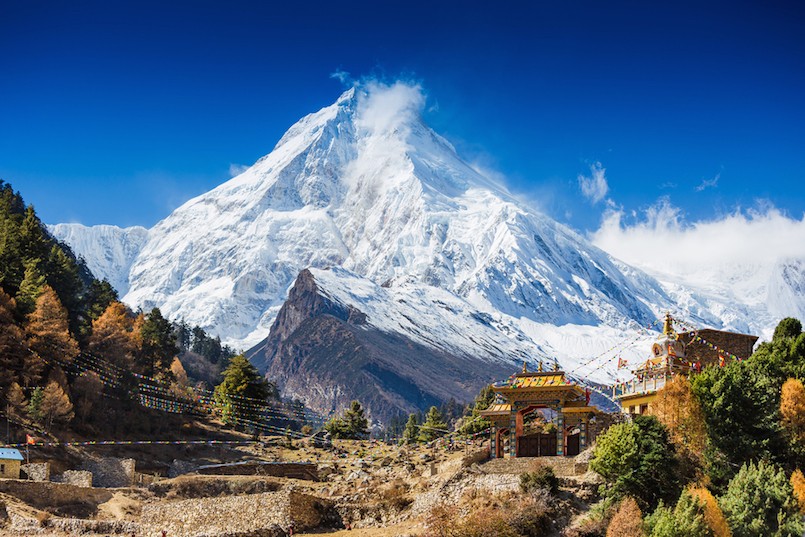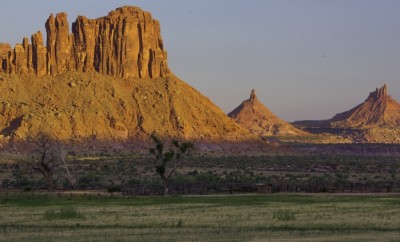Outdoors
The Mountain Institute: Protecting our second home

Image: Olga Danylenko/Shutterstock
Most of us agree that the mountains are like a second home. No matter what country or continent you’re on, step one foot into the regional mountains and you could be anywhere. We love them, know them like the back of our hands, and cherish their beauty. But who has their back? They take us in and teach us more about ourselves than we ever thought possible, but the mountains are suffering.
That’s where The Mountain Institute comes into play. Spread over three countries, this nonprofit is is providing serious conservation efforts. Through careful planning, sustainable practices, and a commitment to ground-level local support, The Mountain Institute protects our mountains each and every day.
Who They Are
The Mountain Institute has one thing in mind: the mountains. Founded in 1972 on the slopes of Spruce Knob in West Virginia, The Mountain Institute aims to conserve mountain environments, sustainably develop mountain economies, and preserve mountain cultures. While headquartered in Washington DC, the three satellite branches all have one thing in common—they’re positioned in the three oldest mountain ranges in the world. Locally-staffed branches in Peru, Nepal, and West Virginia help make ground-level efforts in the Andes, Himalayas, and Appalachian Mountain ranges.
What They Do
While The Mountain Institute has many objectives, their website outlines five of the most important:
- The integration of environmental conservation, sustainable economic development and cultural preservation
- The forging of long-term commitments to the people and the regions we serve
- Teamwork and collaboration within The Mountain Institute and with our partners
- Cultural sensitivity and fluency in the regions where we work
- Measurable accountability and concrete results in all of our projects
The Mountain Institute uses these five objectives to navigate efforts for water preservation, biodiversity, and culture. They believe the inherent isolation of mountain communities means they’re often ignored on a global scale, which means a lack of resources to combat threats. The Mountain Institute also labels the biggest threats to mountain ecosystems and people as:
- Climate change
- Cultural erosion
- Environmental degradation
- Migration
- Natural disasters
- Political insecurity
- Poverty
- Water and food scarcity
A huge focus for the organization is allying with local populations to create sustainable solutions to ongoing threats like climate change and natural disasters. They also work with nonprofits, governments, educational institutions, and private sector partners to develop and carry out such solutions.
How You Can Get Involved
Get involved in The Mountain Institute’s mission by joining them at one of several upcoming events. Mostly held at the Spruce Knob Mountain Center, The Mountain Institute hosts multi-day adventure cycling races, Wilderness First Responder Certification courses, and 5K and half-marathon fun runs.
Another way to positively impact the efforts of The Mountain Institute is by donating directly to the cause. Their website has an easy-to-use donation feature to help the process. The easiest way to leave your mark? Don’t leave one at all! When on the trail, keep conservation on your mind at all times. Pack in, pack out. And leave no trace.





0 comments